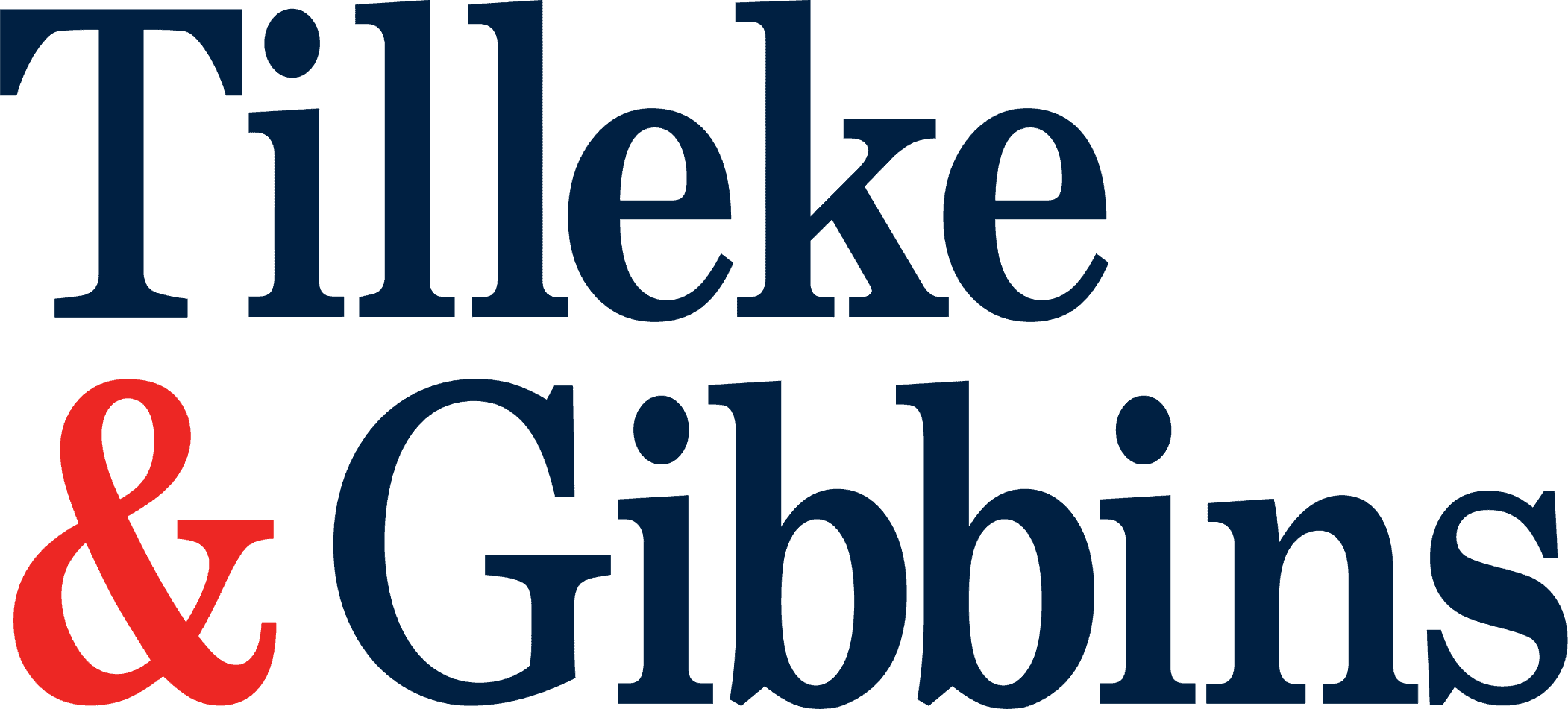
“InsurTech” is a term that people may not be able to find a definition for, even in modern dictionaries. There is no Thai translation of it, or for its sister term “FinTech.” The popular opinion is that the term InsurTech was inspired by FinTech, and it should generally be used to refer to the use of technological innovation which enhances the economic efficiency of the insurance industry.
If InsurTech’s primary goal is to drive efficiency through the use of technology, thus creating a cheaper model for conducting insurance business, the traditional way of carrying out insurance business will need to evolve in order to absorb these new technological innovations, or risk becoming obsolete.
There are a wide range of InsurTech models, especially in more developed markets such as the U.S. and some European countries. In the Asia Pacific region—especially Southeast Asia—InsurTech startups are fast entering the market and beginning to grow rapidly. The Thai insurance market is steadily growing with strong upside potential in the penetration rate, which is complimented by the national “Thailand 4.0” policy of digitally transforming the country. These factors fuel the interest in how InsurTech will transform the country’s insurance industry.
InsurTech Tools
Aggregators, comparison tools, and marketplaces are a few types of InsurTech that are already prevalent in Thailand, and which have altered typical insurance market practices. Thailand has already seen the emergence of a number of international and local online aggregators, such as Easy Compare and gobear.com. The aggregator concept is simple: cut out the middle man by allowing customers to quickly compare insurance products (car insurance being the most common in Thailand) with a few clicks. To use an aggregator website, the user merely has to input their requirements and information. The aggregator will then analyze them to provide product quotations in a way that makes it possible to easily see and compare premium rates, summarized coverage, and exclusions. The process can be completed instantly by making an online payment, and the insurance policy will then be emailed to the customer.
Although the process sounds very simple, it significantly impacts the industry by changing customer behavior. With all the compared products easily visible, customers will focus heavily on the premium rates and will usually purchase the cheapest product that provides their required coverage. Consequently, insurers will need to offer their products at the lowest possible margin if they are to be selected. In other words, aggregators drive down prices and increase efficiency. These insurance intermediaries and online platforms will surely become one of the most important distribution channels, to the detriment of bancassurance or agents/broker.
A more sophisticated InsurTech business structure exists in the UK, where an interesting InsurTech innovation called “Spixii” has been developed. The concept behind Spixii is also simple: a chatbot for insurance. It claims to be an “automated insurance agent” that will eventually allow you to make enquiries, buy insurance, and even manage your policy through a chatbot. Although still in a beta version, the full version of Spixii is expected to allow customers to enquire about anything concerning insurance, and its AI technology will automate the response and give customers the correct answers and solutions. If this InsurTech chatbot becomes the new automated insurance agent in the future, what will become of traditional agents?
Technology for Insurers
Transformations to the market will not be limited to distribution channels. For example, another type of InsurTech known as “telematics” could change the concept of underwriting insurance. Telematics involve the use of devices which track data relevant to underwriters, for example in the form of a wearable device that keeps track of your health habits (and your location), or a small black box hidden in your car to capture data relating to usage and driving behavior. These technologies will allow the insurer to analyze individual behavior, in order to personalize tailor-made insurance that fits a customer’s personal risks.
A health telematic device can capture your health statistics, exercise habits, or even locate your travel habits, which could enable an insurer to offer a combination of health, travel and life insurance in a single, bundled, tailor-made policy. This means the expenses pertaining to insurance risks can be focused on the areas that are most needed. Ultimately, with this telematic technology, and the “internet of things” revolution, it will be possible to see increasingly more tailor-made products until insurance eventually becomes simply another utility, like water or electricity, for which customers only pay for what they use.
Peer-to-Peer Insurance Platforms
InsurTech also offers solutions for people who have lost confidence in the concept of insurance. Some people believe that when companies keep all the premiums as their own capital, and only pay a fraction when claims are successfully made, then technically, these people believe that if the money is safely in the pockets of insurers, there is an incentive for them not to pay, or to slowly make payments, or to pay insufficient amounts. InsurTech however allows for the concept of a peer-to-peer (P2P) insurance platforms that people contribute to pooled funds are generally paid back if there are no claims. This allows participants to share the risk of an accident/damage with other people in a manner in which the facilitator, which is the insurance company, will only earn a service fee when it processes the P2P transactions.
One of the successful U.S.-based P2P InsurTech companies is Lemonade, which allows each participant to pay a fee into a pooling fund. If no claims, the funds will be given back to a charity of the participant’s choice. Lemonade only charges the facilitation fee, and offers a “fast, affordable and hassle-free insurance experience.” It offers zero paperwork and instantly provides all services relating to buying and claiming insurance through the Lemonade app, which claims it takes “90 seconds to get insured and just three minutes to get paid.”
In Thailand, to date, the InsurTech era is not far-reaching. “Claim Di,” which originated in Bangkok, is a networked claims process InsurTech service that enables car drivers involved in a car accident to submit real-time claims directly to the insurer, using handheld devices to capture photos or videos and then upload them through the application platform. This networked claims process InsurTech reflects the same concept (i.e., driving efficiency). In a heavy-traffic environment such as Bangkok, it offers a much more pleasant process for drivers than having to call a contact center and wait 30 minutes before communicating with the agent, then submit their claims through “surveyors,” and later still have to wait until their transactions are completed at a later stage. In contrast, the transaction time could be reduced to less than 10 to 15 minutes by using the networked InsurTech claims process. Therefore, customer experience, when transacting using these types of InsurTech claims, will be substantially and positively changed.
Regulatory Environment
In theory, InsurTech concepts sound constructive, positive, and promising for customers. However, the question remains as to how Thailand will further open up and embrace InsurTech. With the government’s Thailand 4.0 project aiming to digitally transform the country, would Thailand be the right forum for an InsurTech revolution? If Thailand hypothetically changed immediately and dramatically, would consumers be ready for this evolution, and what would the collateral damage of such a change be? As these elements remain unclear, they may represent the unforeseen cons of introducing InsurTech in Thailand.
The Thai insurance industry, as in other countries, is heavily-regulated by the government. As insurance businesses have a wide-scale public impact, without proper controls, and with bad governance, they would be unsustainable, and the industry would not be able to provide adequate risk management tools to cover losses, especially for losses on a catastrophic scale, such as tsunamis or the 2011 mega flooding in Thailand.
InsurTech businesses are not yet widespread in Thailand, as the new InsurTech business models do not easily fit in with the current regulatory environment. However, it is visible that current, modern types of regulatory bodies do not move at an old fashioned, slow pace. In 2017, we saw the launch of a regulatory sandbox; a significant amount of new legislation aimed at supervising and regulating the relatively new concept of online business, e-insurance, and the evolution of InsurTech. However, the regulatory changes may not come quickly enough to permit more sophisticated InsurTech businesses to appear in Thailand in the immediate future.
It is not realistic to expect regulatory requirements for the insurance industry to be fully lifted in the near future to freely allow new InsurTech startups to conduct insurance related business in Thailand without controls. However, the regulatory bodies should take the opportunity to use their supervisory authority to free up regulatory barriers in the focused businesses that fit with Thailand. The hope is that the regulatory sandbox will be utilized efficiently to intensively screen, and promote InsurTech companies with new innovations, which have a low disruptive impact, in order to enable them to enter the market quickly and the sandbox is also utilized to capture the anticipated high impact InsurTech players, so that their business models can be analyzed and fully assessed. This would, in turn, enable the market entry process to be formulated into stages, so that the industry can evolve at the right pace to be most beneficial to both customers and business players in the market.
Eventually, the Thai insurance industry will be transformed by the InsurTech revolution. When people start to execute all their transactions through online platforms, insurance transactions can no longer be undertaken in the traditional way. Whether insurers, intermediaries, or even customers are ready for the transformation or not, the InsurTech revolution will impact all of us. We are now entering a new era where technology companies are conducting insurance business too, instead of just the same group of old-style players. Inevitably in such an environment, those business players that are not prepared to develop with these changes will unavoidably be forced out of the market.
